A garden hose might seem like one of the simplest tools in your outdoor routine, but using it incorrectly can quietly harm your lawn and plants. From overwatering delicate roots to leaving the hose baking under the sun, small habits can lead to lasting damage that’s often overlooked. Many gardeners unintentionally stress their plants by ignoring how water pressure, timing, or temperature affect growth. The good news is that most hose-related mistakes are easy to fix with just a little awareness and care. By understanding how to properly handle, store, and use your hose, you can keep your garden green, vibrant, and thriving all year long.
1. Using Water That’s Too Hot
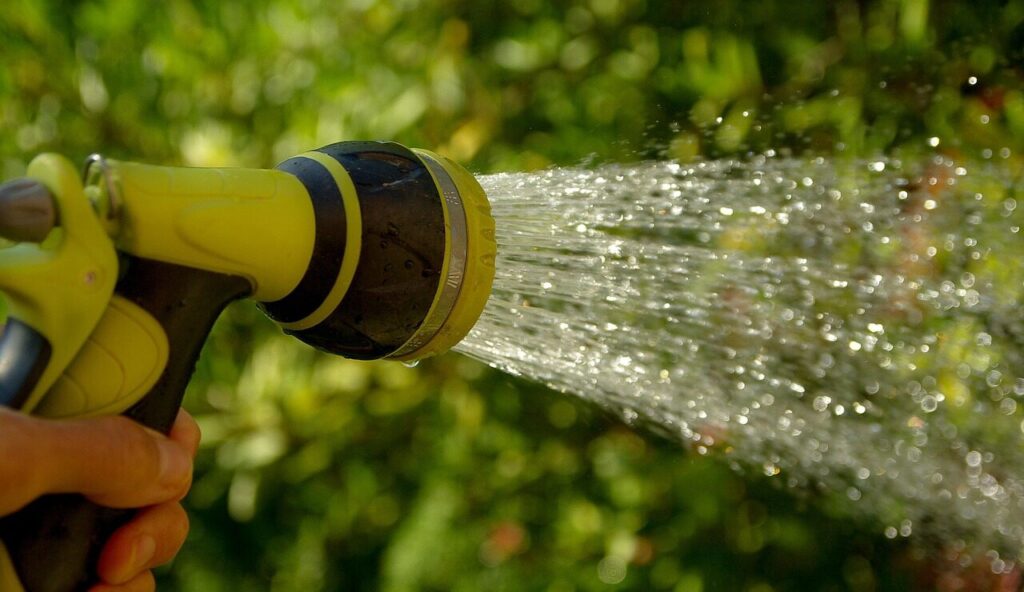
Leaving your hose out in the sun can heat the water inside to dangerous levels, especially during summer. When you turn on the hose, that hot water rushes straight onto your grass and plants, potentially scalding their delicate leaves and roots. Even a few seconds of high-temperature water can cause yellowing, wilting, or burned patches on your lawn. To prevent this, always run the hose for a few moments before watering to flush out the hot water. Store your hose in a shaded area or use a hose reel to protect it from direct sunlight and preserve water quality.
2. Overwatering the Lawn and Plants
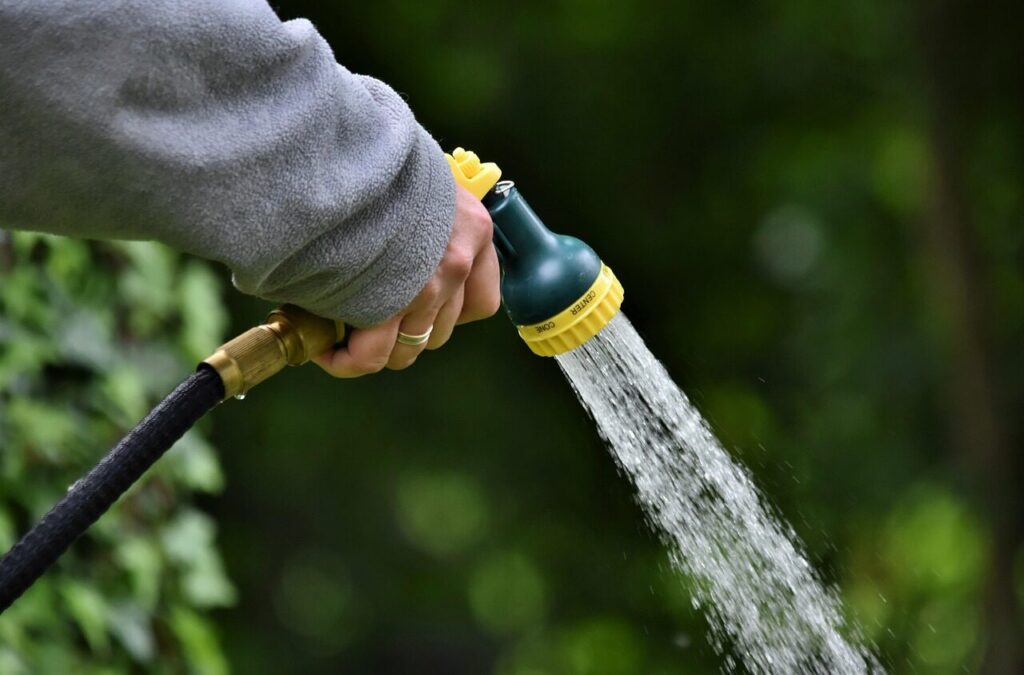
Many people believe more water equals healthier plants, but overwatering is one of the biggest mistakes a gardener can make. Excess moisture suffocates roots, washes away essential nutrients, and encourages fungal growth. Lawns and garden beds need water in moderation, allowing soil to partially dry between sessions. Use a sprinkler or nozzle with adjustable pressure to control the flow and avoid pooling. Early morning watering is ideal since it reduces evaporation and helps plants absorb moisture efficiently. Learning to recognize signs of overwatering, such as limp or yellowing leaves, can help you adjust your watering routine effectively.
3. Ignoring Hose Leaks and Cracks
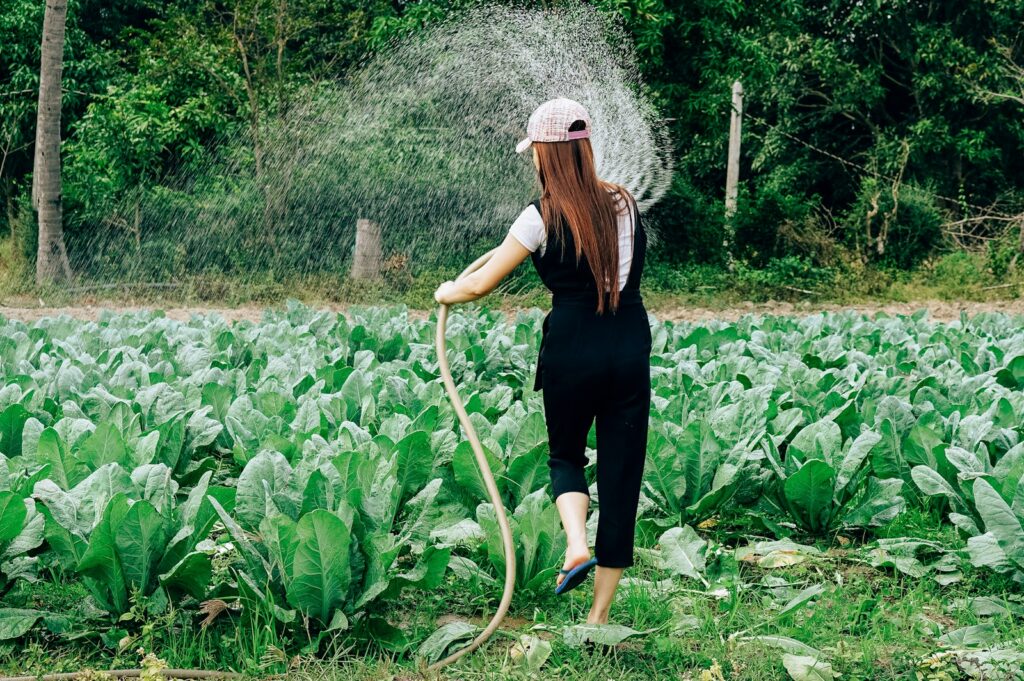
A small leak in your hose might seem harmless, but it wastes water and disrupts even watering patterns. Over time, leaks can also worsen and cause uneven moisture distribution across your lawn. Cracked hoses can lead to dry patches in one area and waterlogged soil in another. Regularly check your hose for soft spots, splits, or worn-out fittings, especially near the nozzle and connection points. Replacing damaged washers or sealing minor cracks with repair tape can extend your hose’s lifespan and ensure water flows evenly where it’s needed most.
4. Using High Water Pressure
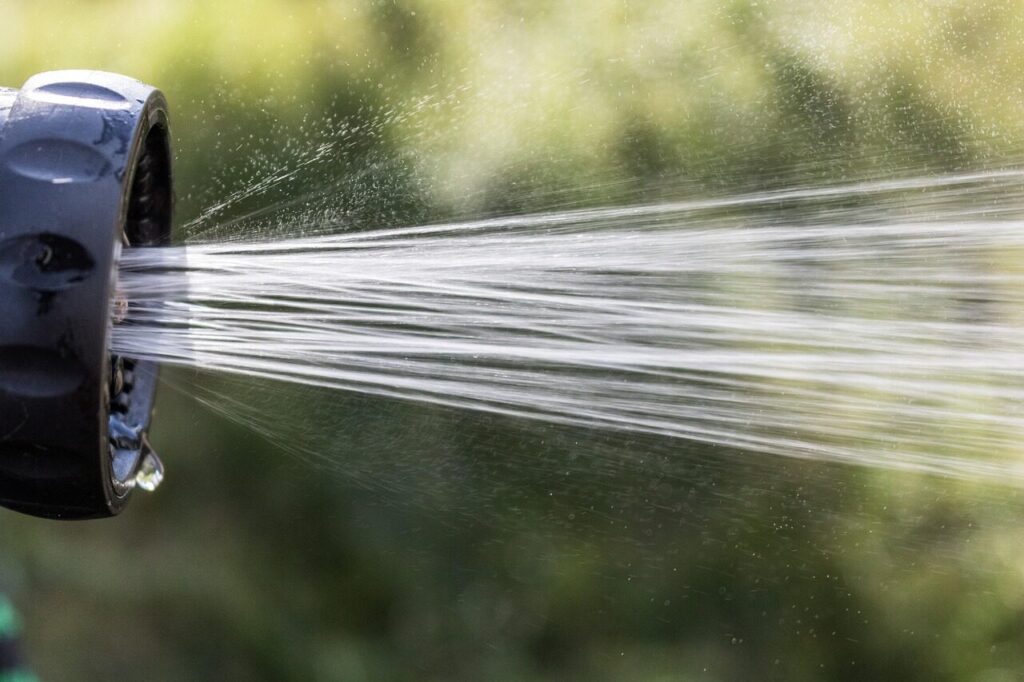
While it might feel satisfying to use full pressure to clean driveways or water plants quickly, excessive force can harm delicate leaves and soil. High water pressure erodes topsoil, disturbs root systems, and damages fragile blooms. It can also shorten your hose’s life by stressing its internal lining. Always use a nozzle with adjustable settings and choose a gentle spray pattern for garden beds. For newly planted areas, soft misting or soaking at the base is best. Consistent, gentle watering encourages deeper root growth and healthier, more resilient plants over time.
5. Storing the Hose Improperly
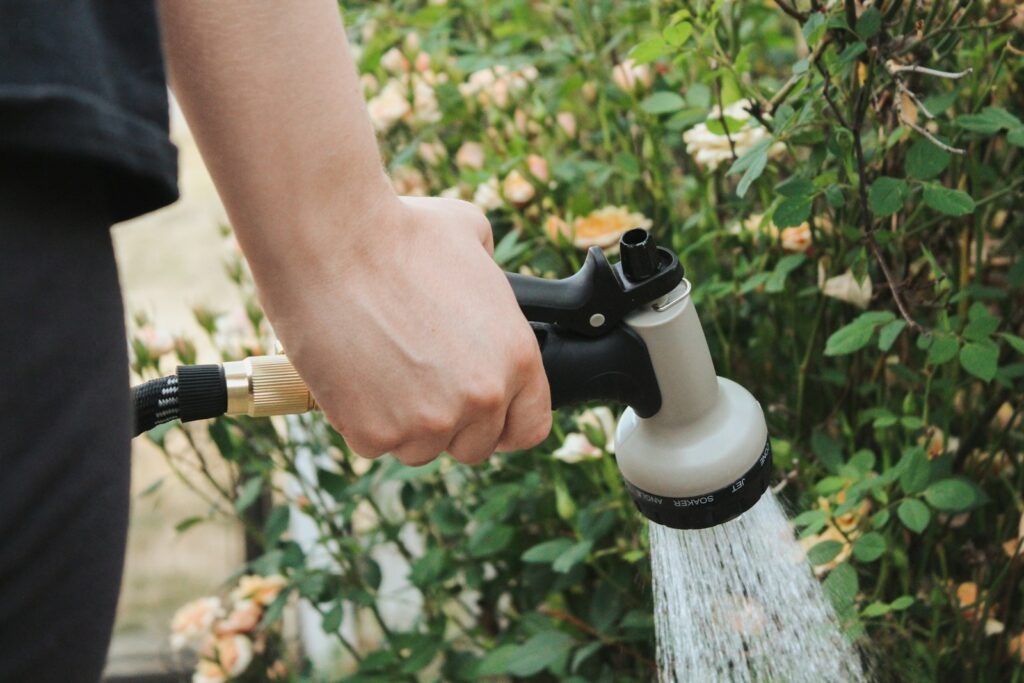
Leaving your hose tangled, twisted, or lying on the ground can cause kinks that restrict water flow and eventually lead to cracks. Sun exposure, freezing temperatures, or pressure from heavy objects can also weaken the hose material. The best way to store it is by coiling it neatly on a hose reel or hanger after each use. Avoid sharp bends and make sure the hose is drained of water before storage, especially during cold months. Proper care not only keeps the hose flexible but also helps prevent unwanted leaks and prolongs its durability.
6. Watering at the Wrong Time
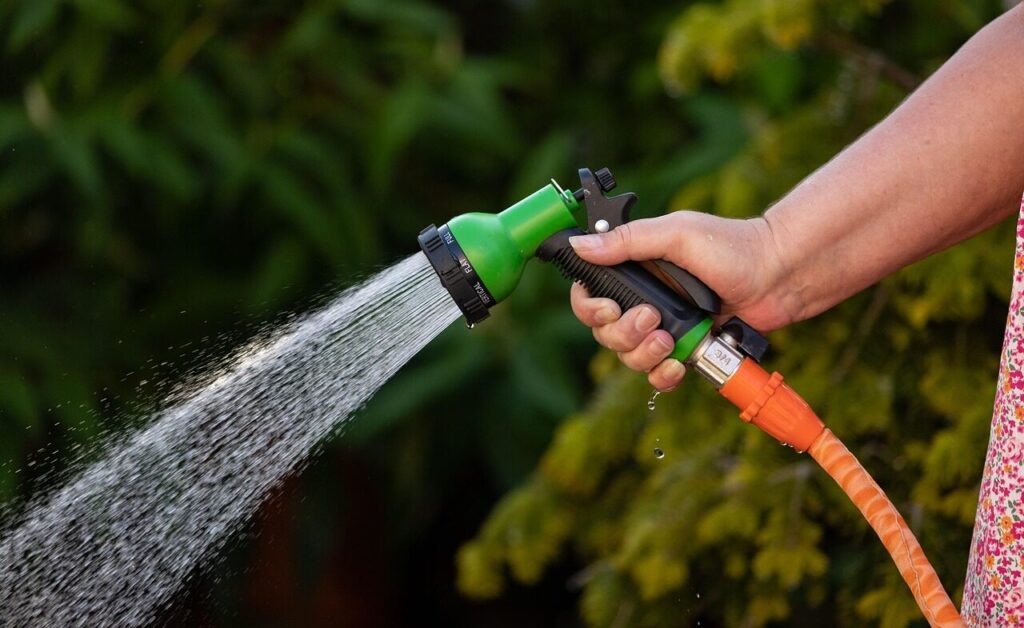
Timing plays a crucial role in keeping your lawn and plants healthy. Watering during the hottest part of the day causes rapid evaporation, wasting water and leaving plants thirsty. Evening watering, on the other hand, can trap moisture overnight, encouraging mold and disease. The ideal time is early morning, when temperatures are cooler and the sun helps dry excess moisture naturally. This allows roots to absorb water effectively without risk of overheating or prolonged dampness. Establishing a consistent watering schedule tailored to your plants’ needs ensures steady growth and a thriving garden year-round.
Comments